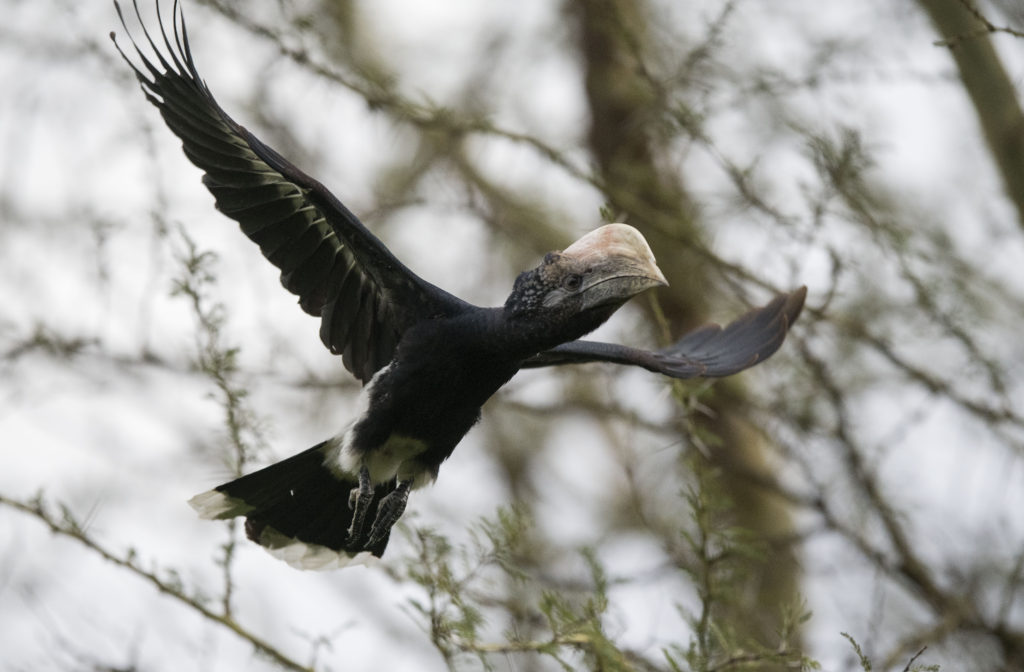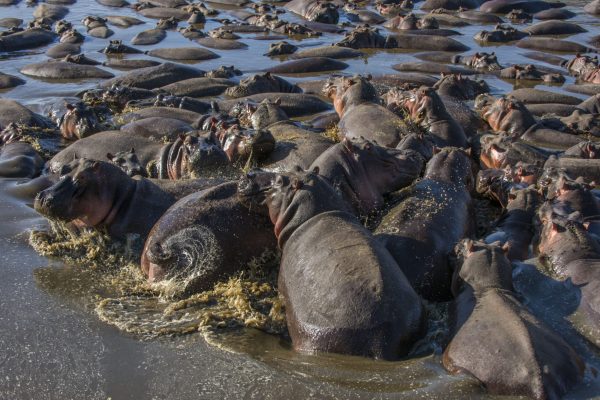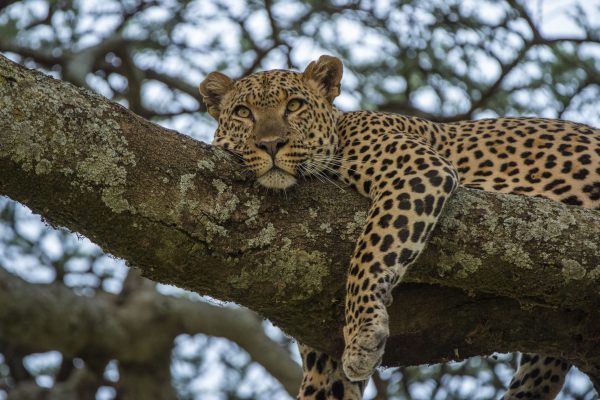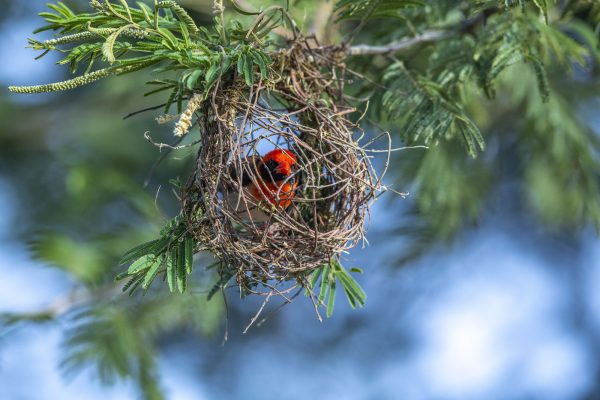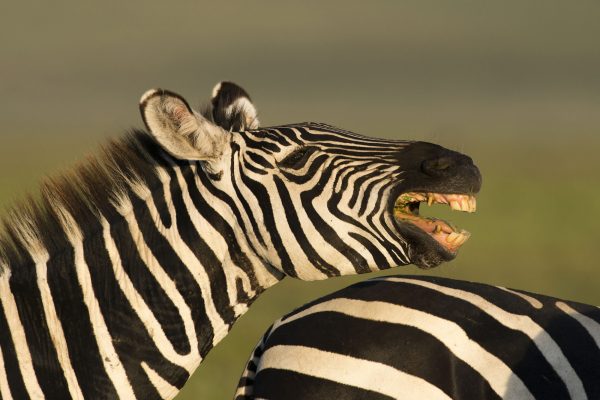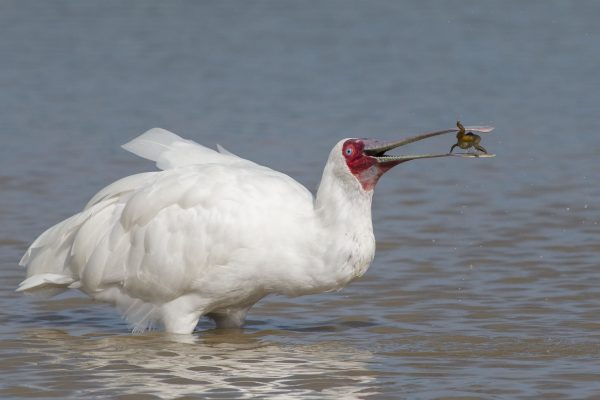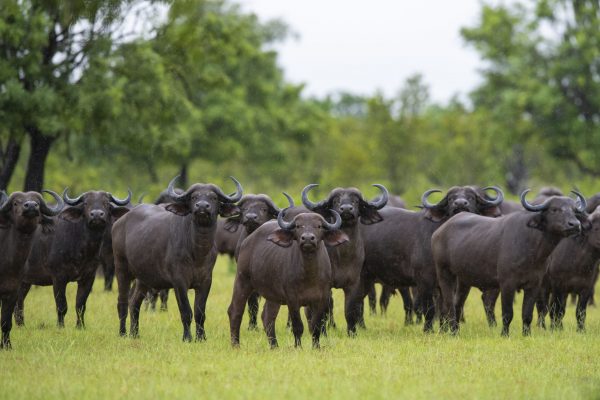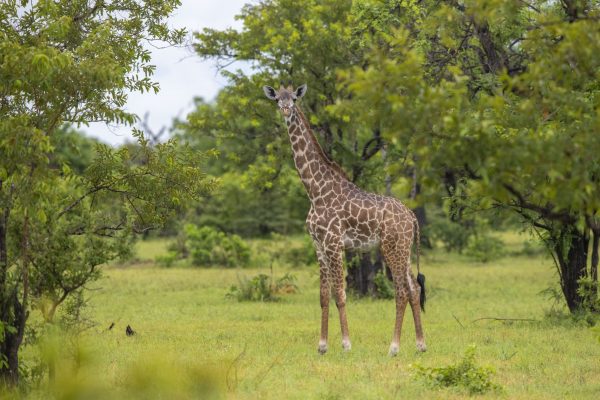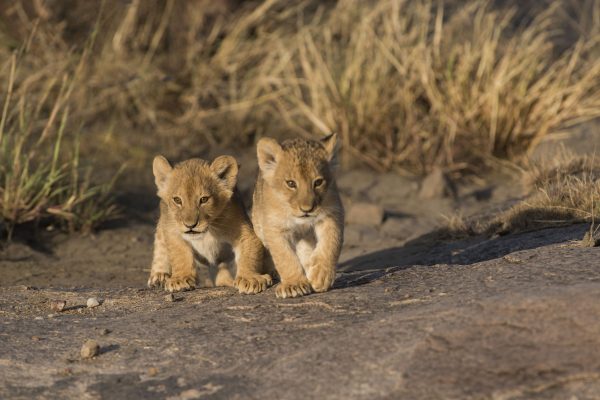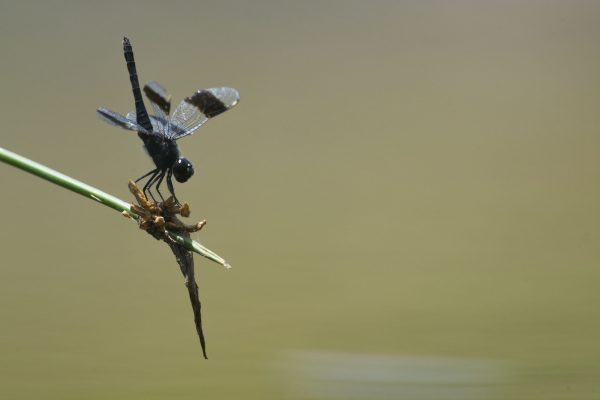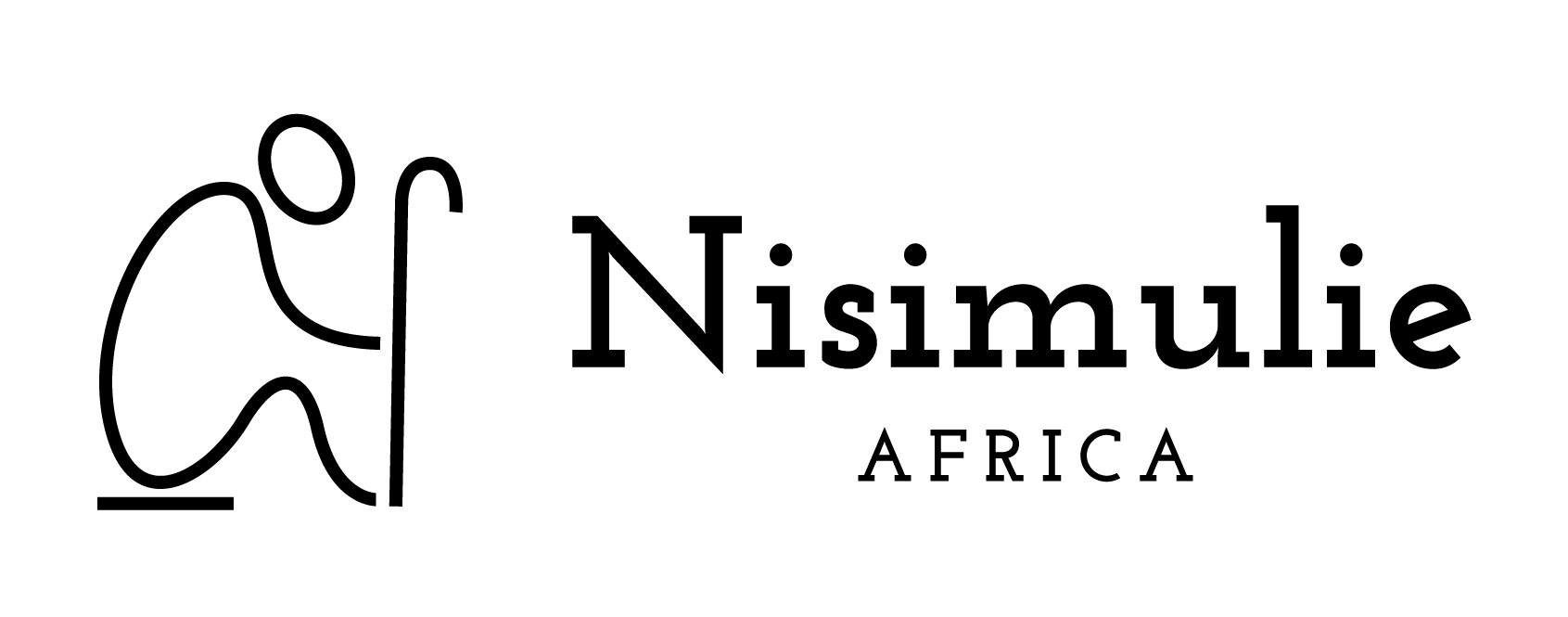Overview
Situated in southwest Tanzania, Katavi is one of the biggest yet one of the least visited national parks in the country. A true gem due to its remote location which makes it difficult to access by road, Katavi offers some of the most pristine wildlife experiences for anyone lucky enough to visit. The national park is literally Africa at its wildest form. Its biodiversity is one of the highest in the continent and its sheer number of animals on show is mindboggling, in quantity and variety. The park is primarily fed by the Katuma river, which transforms the grass plains to flood wetlands during the rainy season around April and May. Her seasonal lakes, Katavi and Chada provide a spectacle during the dry season when most other water sources are dry. It is not unusual to spot vast numbers of elephant, buffalo and Zebra concentrate around these crocodile and hippo infested water spots for drink during the dry season.
We find two major landscape units, The Rukwa Rift Valley floor, 2. The Ilyamba ya Mfipa in the west and Mlele escarpments in the east of the valley. The Rukwa Rift Valley floor includes the basins of Lake Katavi, Katisunga Mbuga, Lake Chada and Mpunga Mbuga, to name a few. These are seasonally inundated and are purely grass dominated. But also undulated terrain occurs in the valley floor on the well-drained terrain which supports the growth of woody vegetation. At the heart of the park lies the Katisunga plains which attract large numbers of wildlife. It is one of the few parks where visitors can catch a glimpse of both the roan and sable antelope in the same place.
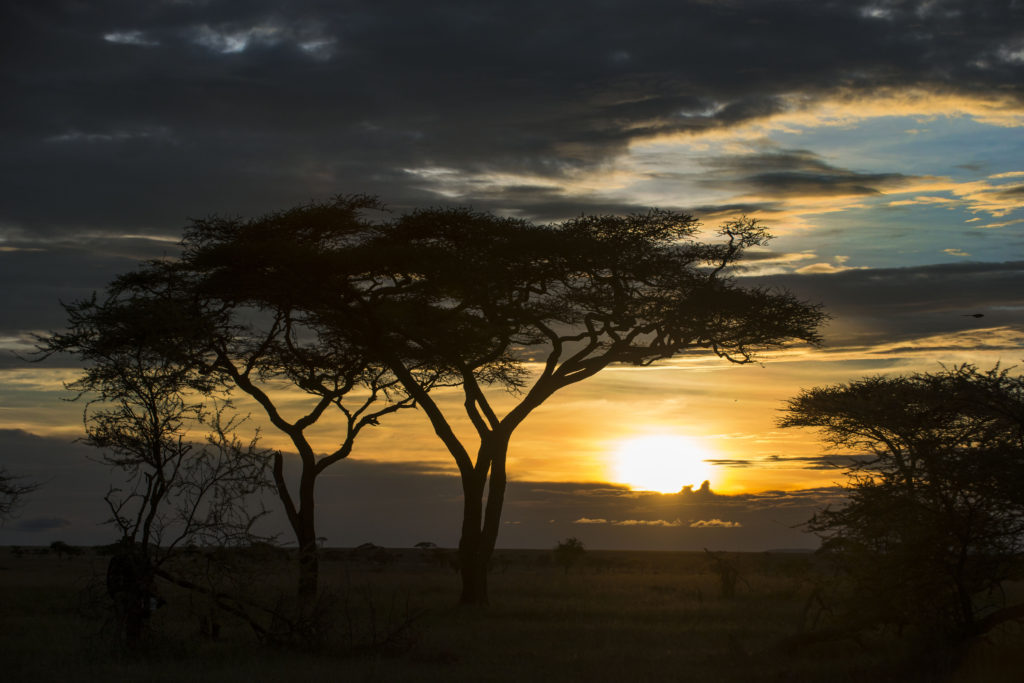
In terms of vegetation the park hosts a varied mix of bush land, Miombo forests, riverine forests as well as grasslands. The habitat is mainly grassland savannah and brachystegia (miombo) woodland on the east of the park. After the rains, the place transforms to lush marshes and shallow lakes, leaving behind dusty floodplains of the Dry season. On the edges of the floodplains we find grass dominated vegetation with occasional shrubs and trees on termite hills. The elevated areas on the outlying foothills of the escarpment are occupied by mixed woodlands. Only from an altitude of approx. 1100m these woodlands consist of the typical Miombo species.
More than 400 trees, shrubs and grasses have been identified inside the Park (Nathan Mwangulango).
The whole ecosystem is subject to annual dry season fires.
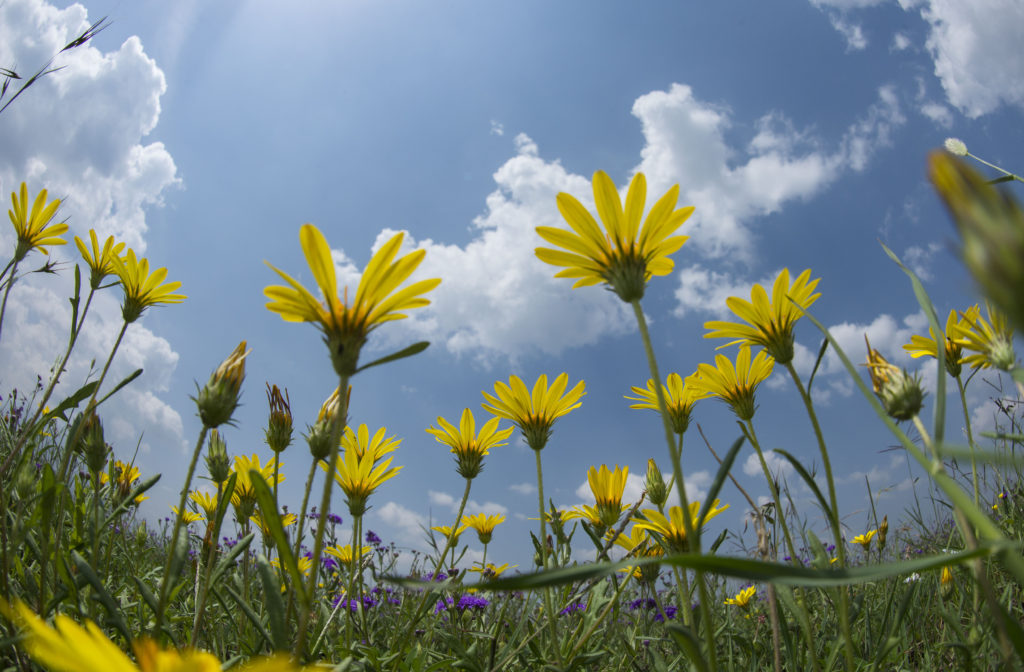
More than 50 species of large to medium sized mammal species are confirmed to occur in the Park. The Park is used by herbivores as a refuge during the dry season. However there is a huge number of resident animals throughout the year.
The Katisunga plains in the heart of the park attracts large numbers of wildlife and it is one of the few parks where visitors can catch a glimpse of both the roan and sable antelope in the same place. Other animals grazing here are zebra, hartebeest, eland, giraffe and defassa waterbuck. Katavi is also one of the last parks that boasts massive herds of buffalo; some herds easily reaching a thousand animals or more. A healthy population of roughly 3000 elephants also reside in the park. Predators such as cheetahs, hyenas, jackals and servals are also present in the area and the resident prides of lions are always around looking for their next meal. Leopards also call Katavi home.
With over 400 species of birds, Katavi is a great place for birdwatchers. Large flocks of storks like saddle bills, open-billed and spoon bills as well as African fish eagles, Bateleurs, lilac breasted rollers, crested barbets and paradise flycatchers are but a few on the long list of birds in Katavi.
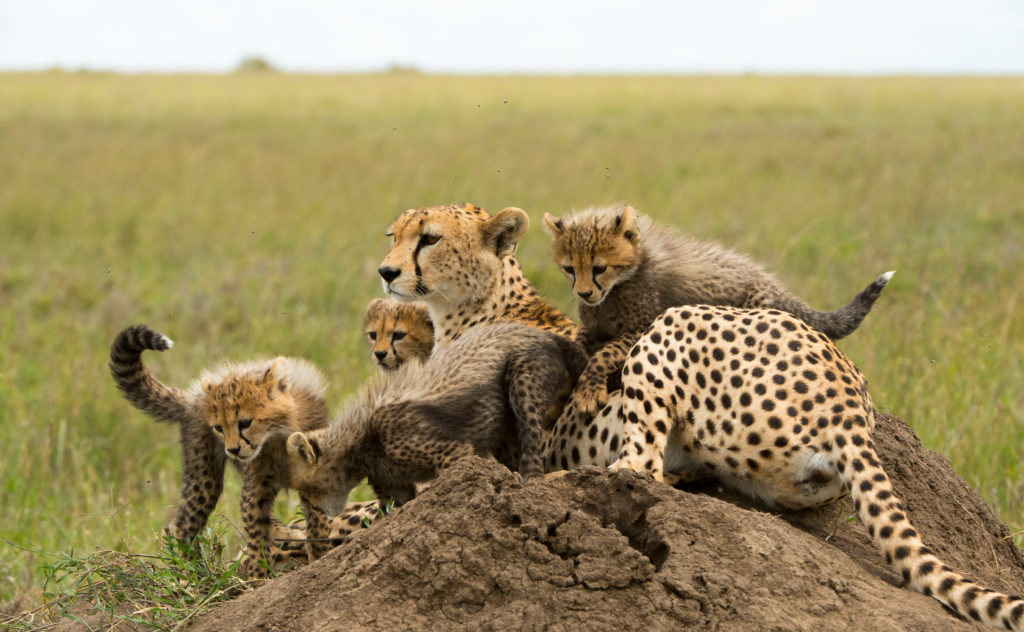
Katavi is a hot place in the Dry season (May to October), except for the evenings when the temperature sinks along with the sun. Not by much, though – nights average a warm 17°C/63°F. The Wet season (November to April) is when things get really uncomfortable, with high levels of heat, plus humidity thanks to the brewing rain.

Due to the remoteness of the Katavi national park, accommodation is also limited and offered in only high-end and mid-budget range offering more exclusivity and a true sense of the authentic African bush; uncrowded, untamed and unhurried.

By Air:
Flight time from / to Arusha Airport to / from Mahale airstrip: 2 hours 50 minutes
Flight time from / to Dar es salaam Airport to / from Mahale airstrip: 3 hours 20 minutes
